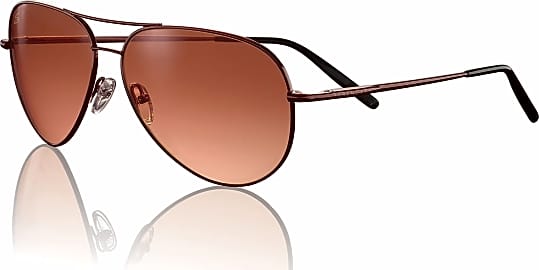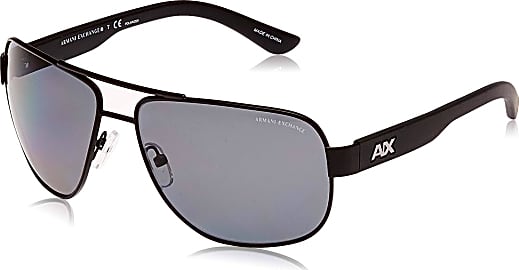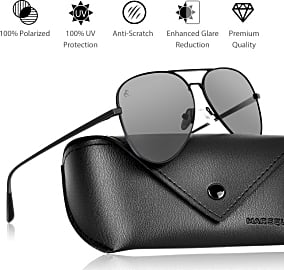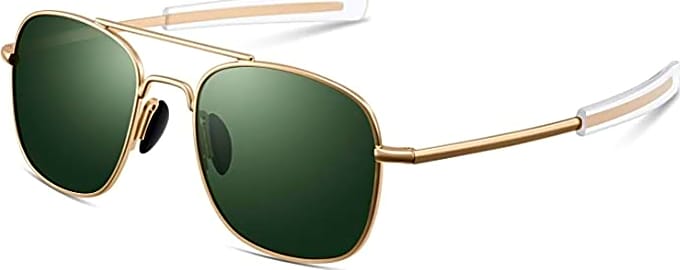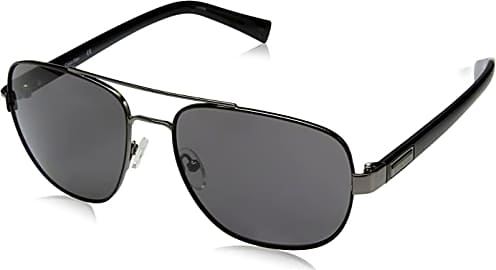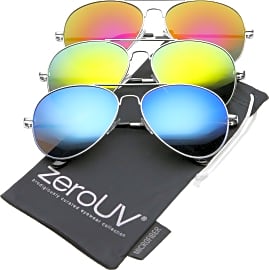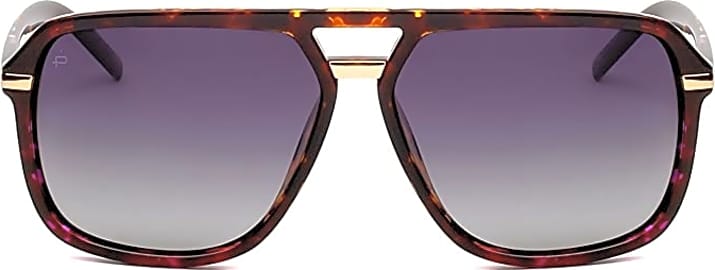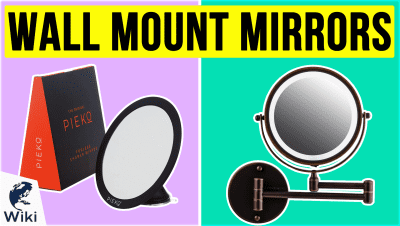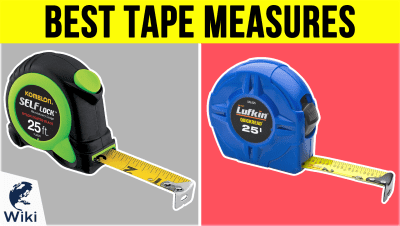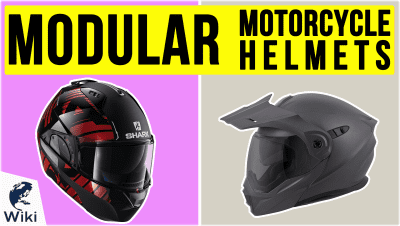The 10 Best Aviator Sunglasses For Men

This wiki has been updated 24 times since it was first published in August of 2018. A good pair of shades is not just an accessory; sunglasses also protect your eyes from damaging UV rays and prevent you from having to squint while driving or working in the sun. And you can never go wrong with a classic style, like these aviators. We've included options for men in a variety of colors and frame types, and at price points that will fit into any budget. When users buy our independently chosen editorial picks, we may earn commissions to help fund the Wiki.
Editor's Notes
May 25, 2020:
During this round of updates, the O-Let Driving, Di Modolo Polarized and BNUS Corning were all removed due to availability issues. Our new inclusions this time around are the Armani Exchange Ax2012s – a smart-looking designer pair backed by a two-year warranty, the Acbluce Navigator – a reasonably priced option with stainless-steel frames and two carrying cases, and the Calvin Klein R357S – which don’t feature polarized lenses, but can be refitted with prescription lenses of your choice.
Because picking the perfect pair of aviators depends so much on finding the right fit, shopping for sunglasses online can sometimes be challenging. Here’s a few things to look for, to make sure you know exactly what you’re getting into, before your order a pair:
Sizing: Although a full set of measurements isn’t something companies consistently make available, savvy marketers will provide users with as many measurements as possible, allowing you to make a calculated online purchase. If you’re not sure what your face measurements are, you can spend a few minutes assessing the situation with a mirror and a tape measure, or if the option’s present, you can check a well-fitting pair of sunglasses that you already own, and see if their size is printed on them. If it is, it will likely be presented as a medium number, followed by a smaller number, followed by a larger number.
This looks something like this: 55, 17, 140.
Each number represents a different size, measured in millimeters as follows:
Lens Width: Sometimes known as the A measurement (lens height would be the B measurement), this is the medium number (55 in our example), and it denotes the distance measured across one lens, horizontally.
Bridge Width: This is the small number (17 in our example), and it denotes the distance measured between both lenses. Ideally, twice your lens width plus your bridge width (55 x 2 + 17 = 127, in the case of our example) should get you a distance that’s equal to, or at least within three millimeters of, your face’s temple-to-temple distance.
Side Length: Also known as temple length, this the large number (140 in our example), and it measures the length of your sunglasses' arms, including the bend in the case of skull temples.
Frames: Picking frames is often thought of strictly as a style choice, but there are several useful features incorporated into some designs that are worth looking out for. While most models feature skull temples, with curved arms that wrap around your ears, bayonet-style temples like the Acbluce Navigator have straight arms, making it easy to slip them on and off while you're wearing a helmet. Hinged selections – like the Duduma Mirrored Shades have arms that can bend slightly outward, which is great for users with large heads, and options like the Calvin Klein R357S have adjustable nose pads, allowing you to customize their fit.
Lenses: Once again, this isn’t strictly an aesthetic choice. While plenty of budget-friendly options – including the ZeroUV Premium and MarsQuest Force – feature non-polarized lenses that will still offer users 100% protection from UV rays, polarized models – like the Acbluce Navigator and MarsQuest Force – are widely considered to be the superior choice, as they help filter out bothersome glare, which helps provide better visibility and save you from the nuisance of intermittent squinting.
If you do decide that polarized lenses are a must-have for you, then be mindful of models like the Armani Exchange Ax2012s, which offer both polarized and non-polarized versions. Other choices, like the Calvin Klein R357S, don’t come with polarized lenses, but can be refitted with your choice of prescription glass.
If you’re actually looking at investing in these aviators for aviation purposes, note that polarized lenses can cause dangerous problems when it comes to observing instrumentation readings on LCD screens, so take care to ensure that your new pair isn’t going to cause any safety issues, before you take off.


